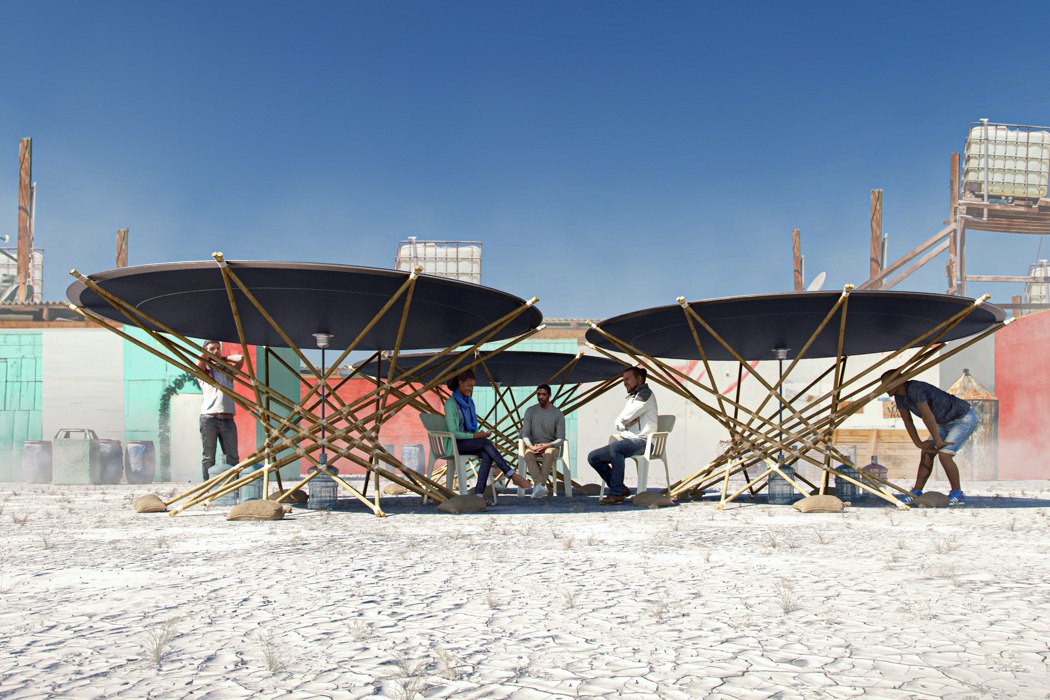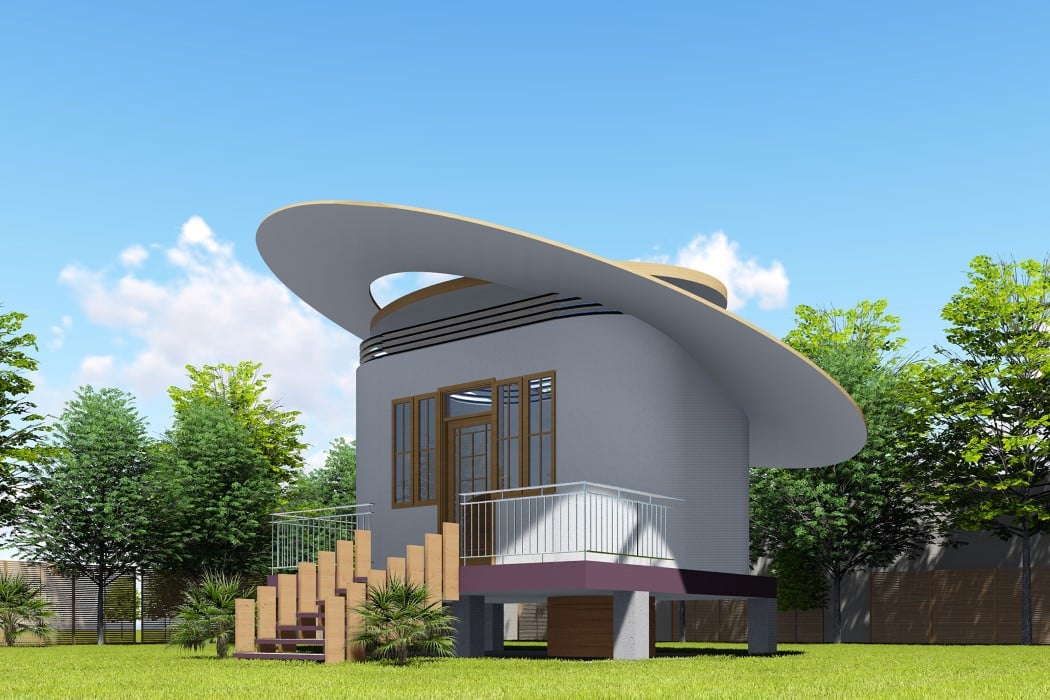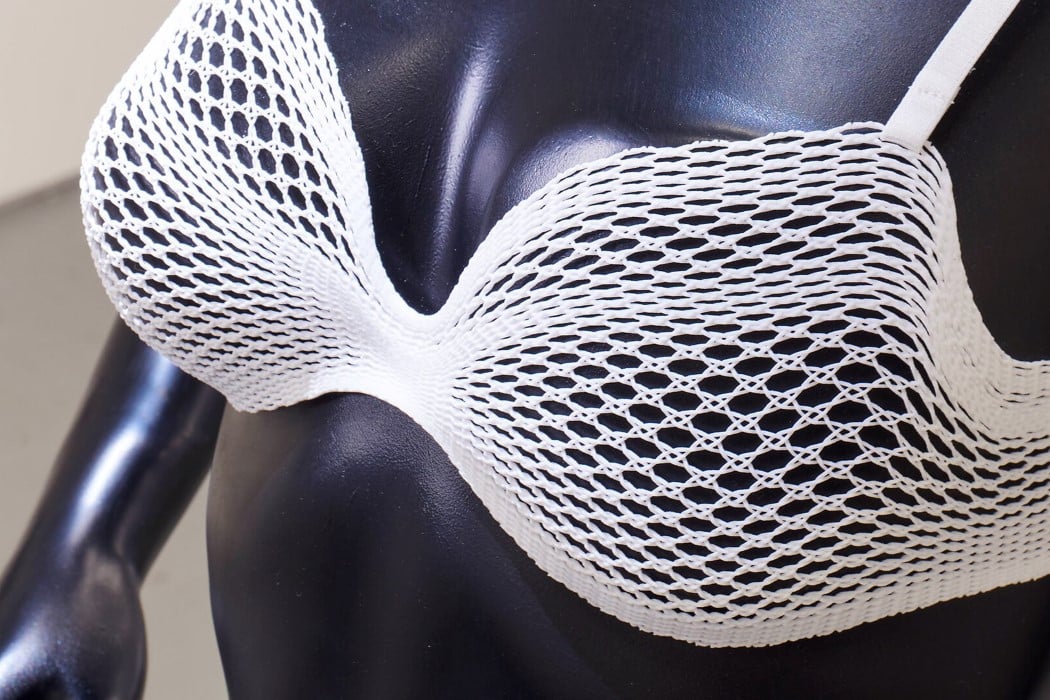#This free-to-enter international design award can completely alter the course of your career

Table of Contents
“This free-to-enter international design award can completely alter the course of your career”
Every year, the LEXUS DESIGN AWARD invites students and up-and-coming designers to envision a ‘Brighter Future’ for the people and the planet. Free to participate in, the award’s unique format and mentorship program allow designers to grow and flourish under leading industrial mentors, with Lexus providing grants to help bring the game-changing design entries to life.
Earlier this month, Lexus announced the 11th edition of the LEXUS DESIGN AWARD. Through the award, Lexus hopes to seek innovative ideas that contribute to a thriving and better future for all through the power of design and technology. The theme for the award echoes the Lexus brand’s three key principles – “Anticipate, Innovate and Captivate, while seamlessly enhancing the happiness of all”. Creating the perfect environment for a design to grow, Lexus helps engineer ideas into real, impactful solutions. The brand’s strong association with design and innovation helps it accelerate ideas to achieve their full potential, and the brand even offers winners a grant of up to 3 million Japanese Yen or $25,000 USD to help prototype their ideas.
Mentorship remains core to the award, while also being its distinct differentiator. It isn’t too often that you see award programs that are invested in helping designers grow while giving them industry expertise to perfect their game-changing ideas. The award’s format is unique in that regard too. Entries go through one round of selection before an elite panel of judges selects 4 winners. The winners then go through a 3-month long course with internationally-recognized mentors who take the conceptual entries and help refine them for the real world. Each winner will also be allocated a research and development budget of up to 3 million Japanese yen as a design grant to cover not only prototype construction but also other relevant expenses involved in refining their concept and design and supporting the individual’s creative development. In the spring of 2023, the four winners will reveal their progress to judges and mentors by presenting their finished work for review.
“Over the past decade, environmental and other issues have ballooned along with the need for solutions. With the LEXUS DESIGN AWARD we have welcomed and recognized emerging creators of foresight and creative brilliance who apply the power of design to the challenges of building a better tomorrow for all. I eagerly await the fresh talent and impactful ideas that debut at LEXUS DESIGN AWARD 2023”, said Simon
Humphries, Head of Toyota & Lexus Global Design.
The LEXUS DESIGN AWARD 2023 is now open for entries. Click here to participate for free!
Lexus Design Award Past Winners
Rewind Motion-tracking Device by Poh Yun Ru (2022 Grand Prix Winner)
The idea for Rewind came to Poh Yun Ru after seeing her grandmother struggle with remembering how to perform basic day-to-day tasks as a result of dementia and failing memory. Designed to evoke memories, Rewind uses motion-tracking to guide seniors with dementia in re-enacting familiar gestures. Based loosely on the phrase that ‘practice makes perfect’, Rewind allows its user to engage in activities that would otherwise come intuitively. By creating a platform that allows them to constantly practice these activities (and even receive haptic feedback as a result), Rewind helps rebuild the neural pathways that get weak with age.
Portable Solar Distiller by Henry Glogau (2021 Grand Prix Winner)
The Portable Solar Distiller provides clean drinking water by filtering polluted water or overly saline seawater using sunlight. Merging local resource production with community architecture, this low-tech solution also serves as a shaded gathering place. Its large canopy serves a dual purpose – harvesting sunlight to help purify water through evaporation and acting as a community center for people to gather under during the day or even at night. The Portable Solar Distiller’s open-source schematic can easily be tweaked and implemented by anyone, allowing the design solution to have a wider reach and impact. The Portable Solar Distiller is designed in a way that can be carried, opened out, and assembled anywhere. Almost like a beach umbrella, it provides shade for groups of people, while having the added benefit of being able to purify water.
Open Source Communities by BellTower (2020 Grand Prix Winner)
A vast number of Kenyans suffer from a combination of problems like water shortage, diseases caused by consumption of unfiltered/unfit water, having to walk miles to get water on a daily basis, or alternatively having to pay high rates for local water distribution. “In Nairobi, high-tech coexists with urban poverty”, say the team at BellTower, who designed the Open Source Communities project which creates a new format of community-building that relies on efficient allocation of resources that help the lower-income communities get access to basic necessities like water. The project creates a centralized water-reservoir – a structure that sits between hundreds of homes, providing water to every single one of them. The structure’s innovative format allows it to harvest and conserve rainwater, while actively filtering it of dirt, microorganisms, and other impurities. During the monsoons, surplus water helps generate money for the communities too, allowing them to get an extra source of income while bridging the vast resource gap. However, the best part about the Open Source Communities is that it exists as a public-utility template. Its open-source nature gives it unlimited flexibility, allowing it to be modified to fit in practically any scenario.
Algorithmic Lace by Lisa Marks (2019 Grand Prix Winner)
Bringing Algorithms and Attire together in a beautifully crafted garment with a noble purpose, Algorithmic Lace uses advanced three-dimensional modeling to handcraft bespoke bras for breast cancer survivors who have undergone mastectomy surgery. Algorithms have a long-standing love-affair with the textile industry, as one of the first machines to use algorithms was the Jacquard Loom back in the 1800s. The loom was controlled by a series of punched cards, which contained information that the loom read. Different cards had different algorithms and by switching the cards in the loom, you could tell it to alternate between complex textile weaves like brocade, damask and matelassé. Algorithmic Lace builds on that rich history, by using lines of code to create bras that are custom-built for their wearers. These garments are made specifically to functionally suit women who’ve undergone surgery, and the algorithmic pattern helps create a well-fitted, comfortable brassiere that’s also incredibly aesthetic to look at, empowering the wearer with confidence, along with their new lease of life.
The LEXUS DESIGN AWARD 2023 is now open for entries. Click here to participate for free!
Sarang Sheth
If you liked the article, do not forget to share it with your friends. Follow us on Google News too, click on the star and choose us from your favorites.
For forums sites go to Forum.BuradaBiliyorum.Com
If you want to read more like this article, you can visit our Technology category.







